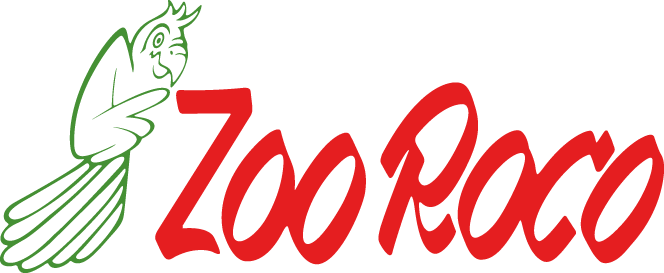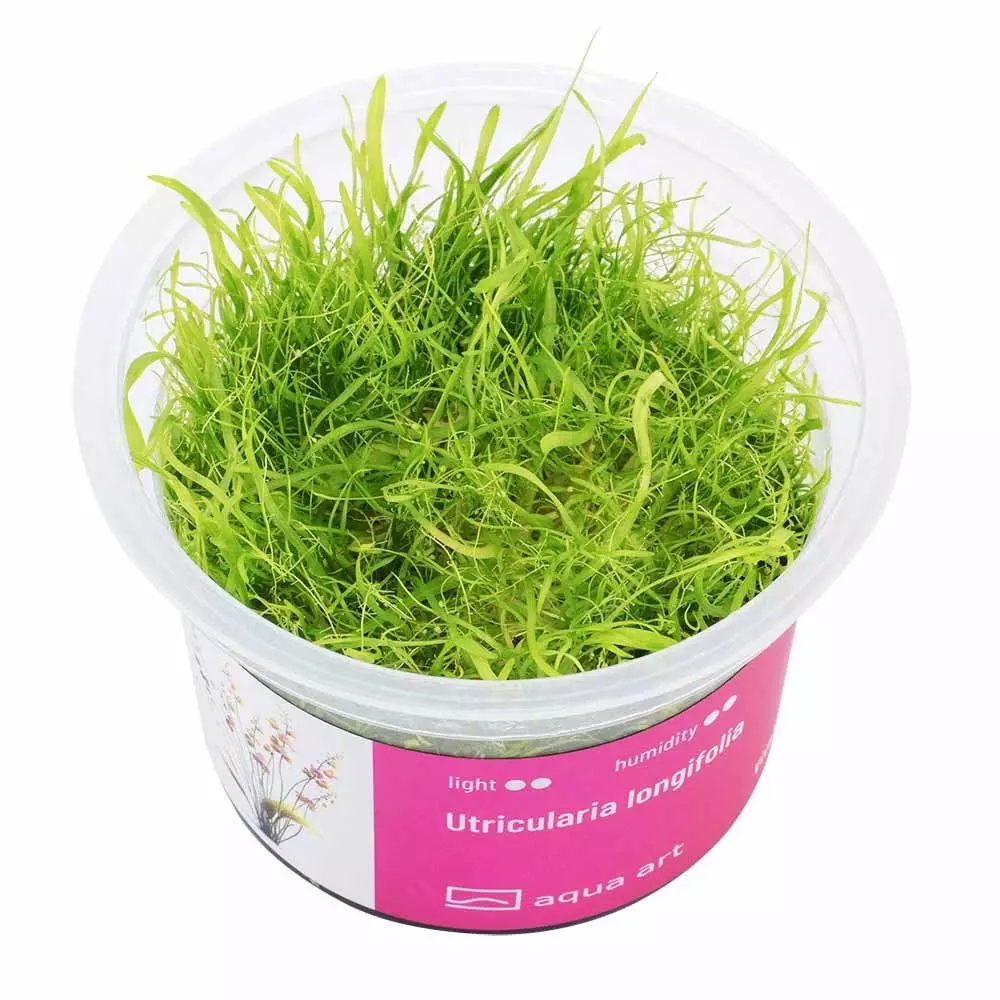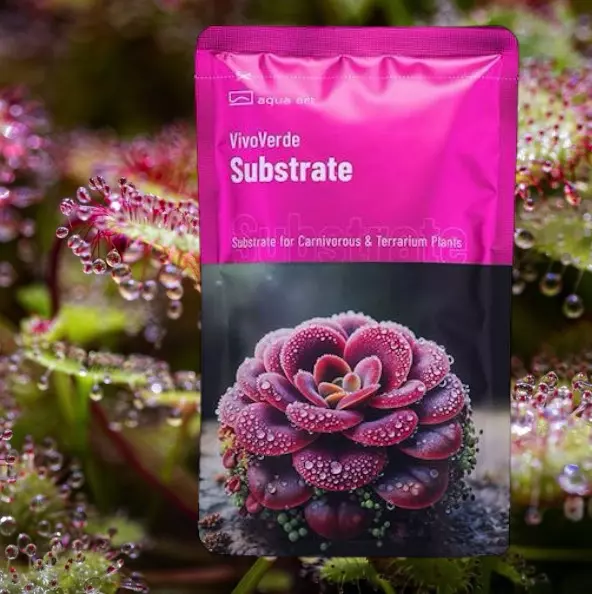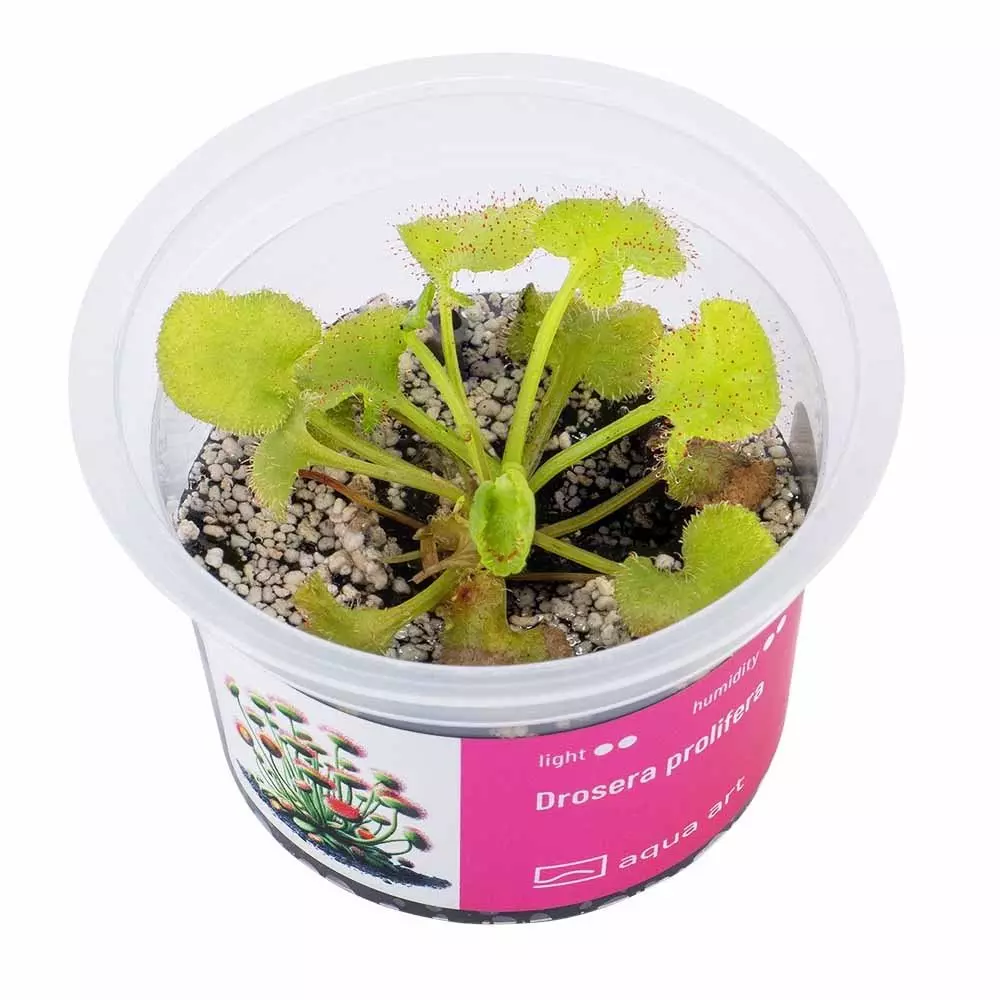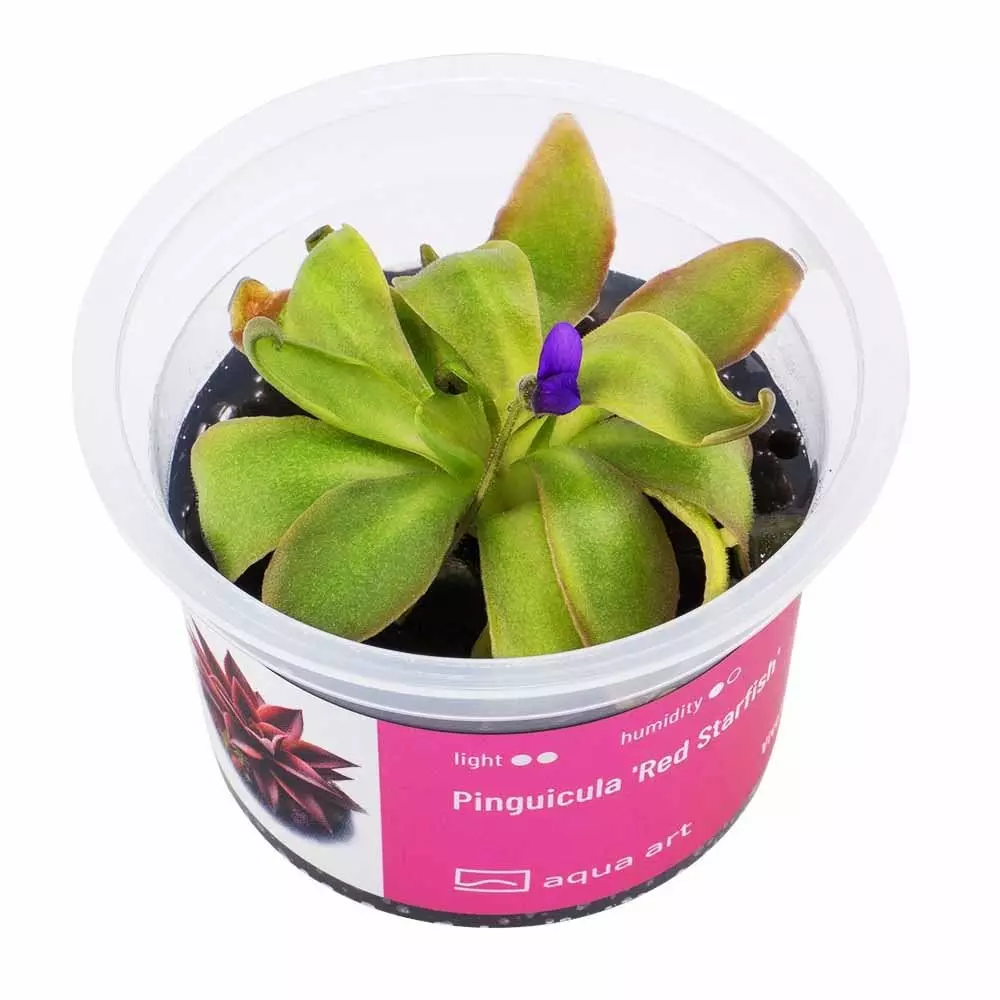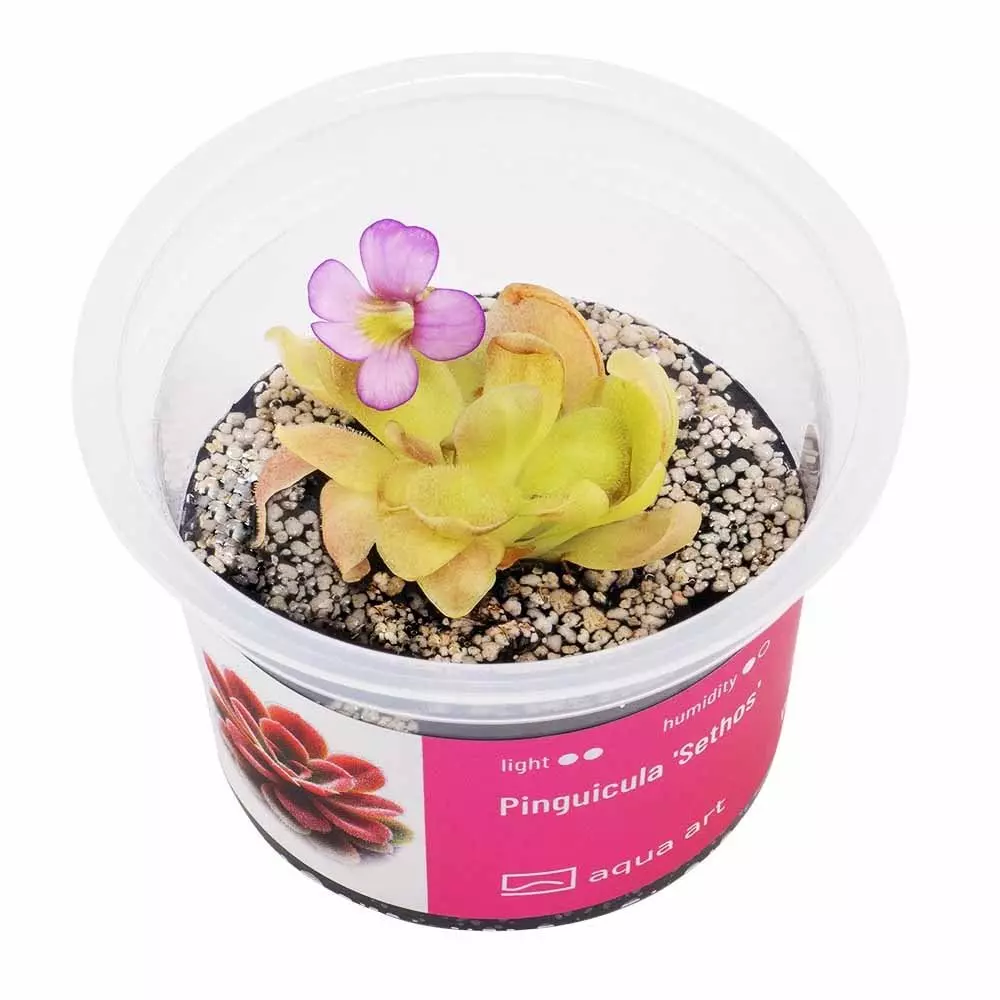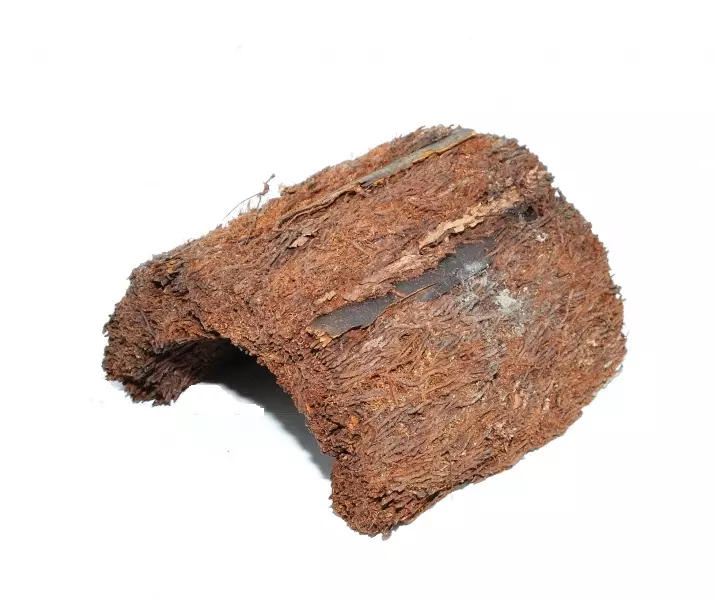















CHF 12.90
Stock: 2
Available, delivery time: 1-3 days

Carnivorous plant - Sarracenia flava var atropurpurea
- supplied in an in vitro cup
- 30-70cm high
- full sunlight
- Humidity: 70-90%
- temperature: 15-25 °C
- rarely flowers
Size:
Sarracenia flava var. atropurpurea grows up to 30-70 cm tall and 30-60 cm wide.
Flowers:
Flowering time: Mainly in spring and summer. Attractive, mostly white to pale pink flowers with delicate markings.
Light:
Full sun, requires at least 6 hours of direct sunlight per day.
Substrate:
A well-drained mixture often consisting of peat, perlite and sand.
Feeding/fertilizing:
Avoid fertilizing the substrate! The plant gets all the nutrients it needs from the prey it catches or eats.
The humidity should be between 70-90%.
Tolerates a wide range of temperatures, prefers a temperate to warm climate.
Propagates by seed, but the plant does not flower for the first 4-5 years.
2 of 2 reviews
4.5 out of 5 stars
Login
24 May 2025 20:22
Super plante il serait intéressant d'avoir davantage de variétés de Sarracenia
Super plante il serait intéressant d'avoir davantage de variétés de Sarracenia !
22 January 2025 18:37
Nicht zu empfelen für dauer warme Terrarien. Brauchen witerruhe und werden hoch
Etwas schwach auf der Brust aber kommt gut Nicht zu empfelen für dauer warme Terrarien. Brauchen zwingend witerruhe und erreichen sicher eine grösse von ca 40-50cm wenn nicht mehr...
Customers also bought
Similar products
Customers also viewed
